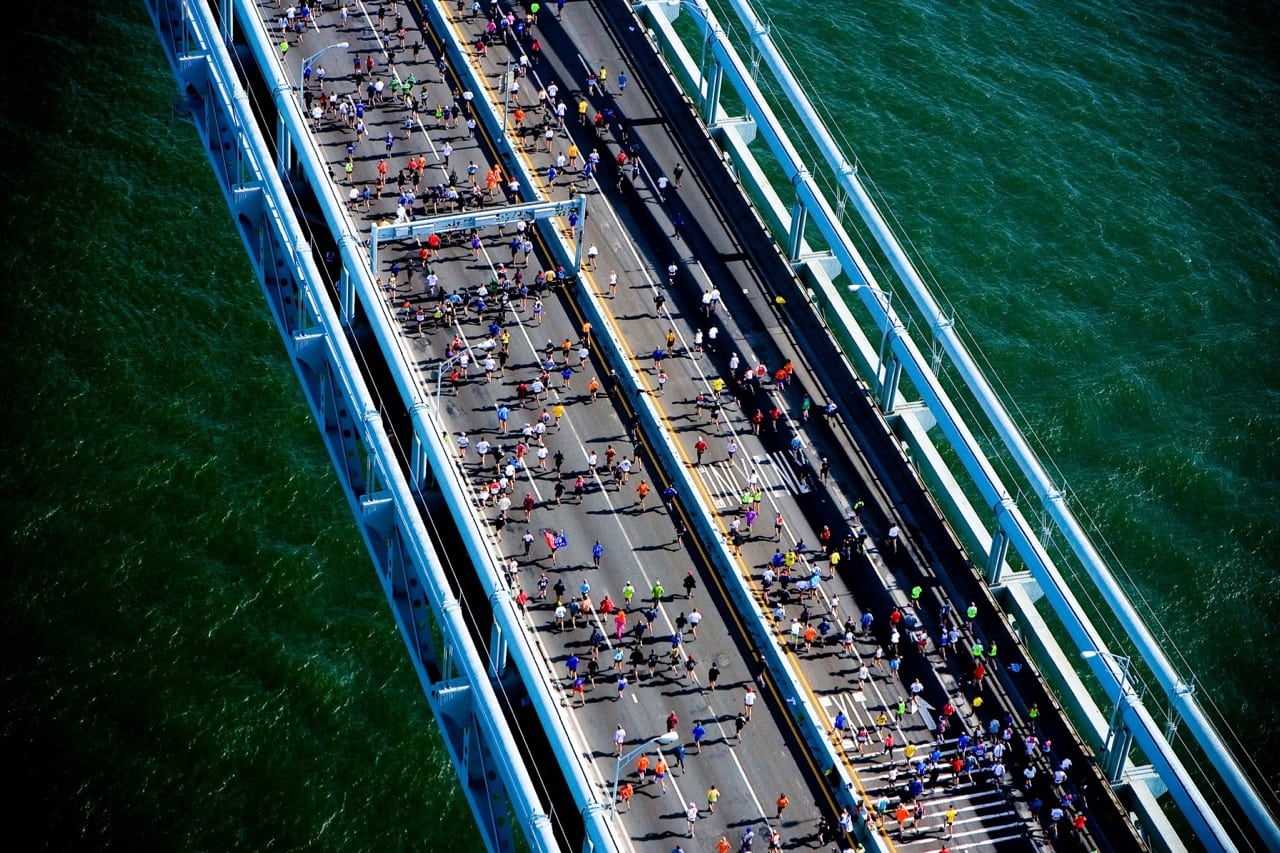Skift Take
Races are just one of many niche events that help destinations attract hundreds to thousands of visitors, who often stay longer and spend more than the typical guest. Seeking opportunities to partner with these communities is a smart step towards increasing visitation and awareness.
Marathons and races of all distances are becoming huge events for destinations around the world. As running transitioned from a primarily competitive sport into a lifestyle activity, participants looked to enrich the experience by running in foreign settings and attending activities around the run itself.
“Races in foreign destinations and location runs have grown tremendously over time,” Bart Yasso, the long-time chief running officer at Runner’s World, tells Skift.
The marathons have become much larger events in which runners stick around for several days to attend clinics, listen to speakers, and — more importantly to the local economy — stay in local hotels and eat in neighborhood restaurants.
“The economic impact that a race has on a community is unbelievable,” explains Yasso. “That’s why a lot of these destinations are encouraging these races. They know the economic impact.”
The New York City Marathon, for example, has an annual economic impact of $340 million, according to a 2010 New York Road Runners study.
International runners accounted for more than a third, 38.4 percent, of the finishers in the 2013 New York City Marathon. An equal percentage came from the surrounding tri-state area and 23 percent came from elsewhere in the U.S.
Spotting the Marathon Tourism Trend
One company that spotted the trend early, and built itself around the just-budding marathon tourism scene is Marathon Tours.
The company was founded in 1979 by Thom Gilligan who, having previously worked at British Airways and Air Canada, noticed a business opportunity in runners’ growing interest to travel to events. The company launched just as the London and New York City marathons started to gain traction and has since seen events sprout up in “every nook and cranny of the world.,” Gilligan says.
“Running started as a competition and has evolved into a lifestyle activity that people travel to do. It’s a leisure travel activity like ski or scuba diving,” explains Gilligan.
“People want to travel with like-minded people and the event is a catalyst for people to plan their travel around. When you participate in a running event, you are running elbow-to-elbow with locals. You’re no longer just a tourist.”
Gilligan sees the event as an offshoot of a growing experiential travel trend in which travelers’ intentions have shifted from snapping photos of historic sites to experiencing the local culture and meeting local people.
Today, Marathon Tours is the marketing arm for major running events inside and outside of the U.S. It handles travel arrangements and creates the packages that enhance race experiences with special features.
It also puts on the only Antarctica Marathon for runners who want to compete on all seven continents.
Girls’ Weekends and Winery Runs
A great example of these destination runs is Destination Races’ popular Napa-to-Sonoma Wine Country Half Marathon. The event, started in 2004, now sells out in 30 minutes.
Destination Races packages the event as a multi-day trip and works with local convention and visitor bureaus, hotels, and wineries to create a complete itinerary. Attendees can book their travel details at the same time as registering for the race.
Local stakeholders have good reason to cooperate. Although sponsorships run between $10,000 and $30,000 per event, one race can have a more than $6 million economic impact.
“With the new running boom that started 10 to 15 years ago, the events evolved to cater to people that wanted to also visit a certain area,” says Matt, Dockstader, president of Destination Races. “I think it gives people a reason, an excuse, to train for the race and book the trip.”
The runners at Destination Races’ events are more than 70 percent women with many using the spring race as a girl’s getaway or early Mother’s Day present.
The Daily Newsletter
Our daily coverage of the global travel industry. Written by editors and analysts from across Skift’s brands.
Have a confidential tip for Skift? Get in touch
Photo credit: Runners cross the Verrazano Bridge during the 2008 New York City Marathon. Fergal Carr / Flickr
